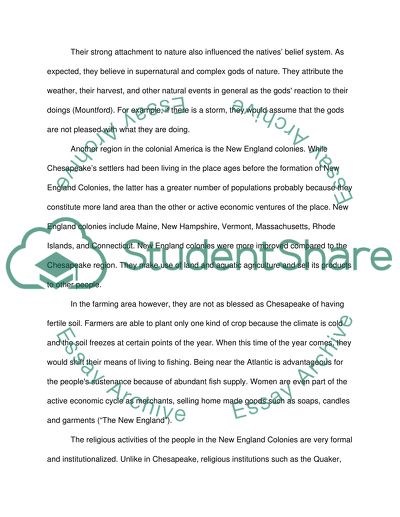Cite this document
(“Chesapeake and New England Colonies Term Paper Example | Topics and Well Written Essays - 1500 words”, n.d.)
Retrieved from https://studentshare.org/history/1427472-chesapeake-and-new-england-colonies
Retrieved from https://studentshare.org/history/1427472-chesapeake-and-new-england-colonies
(Chesapeake and New England Colonies Term Paper Example | Topics and Well Written Essays - 1500 Words)
https://studentshare.org/history/1427472-chesapeake-and-new-england-colonies.
https://studentshare.org/history/1427472-chesapeake-and-new-england-colonies.
“Chesapeake and New England Colonies Term Paper Example | Topics and Well Written Essays - 1500 Words”, n.d. https://studentshare.org/history/1427472-chesapeake-and-new-england-colonies.


